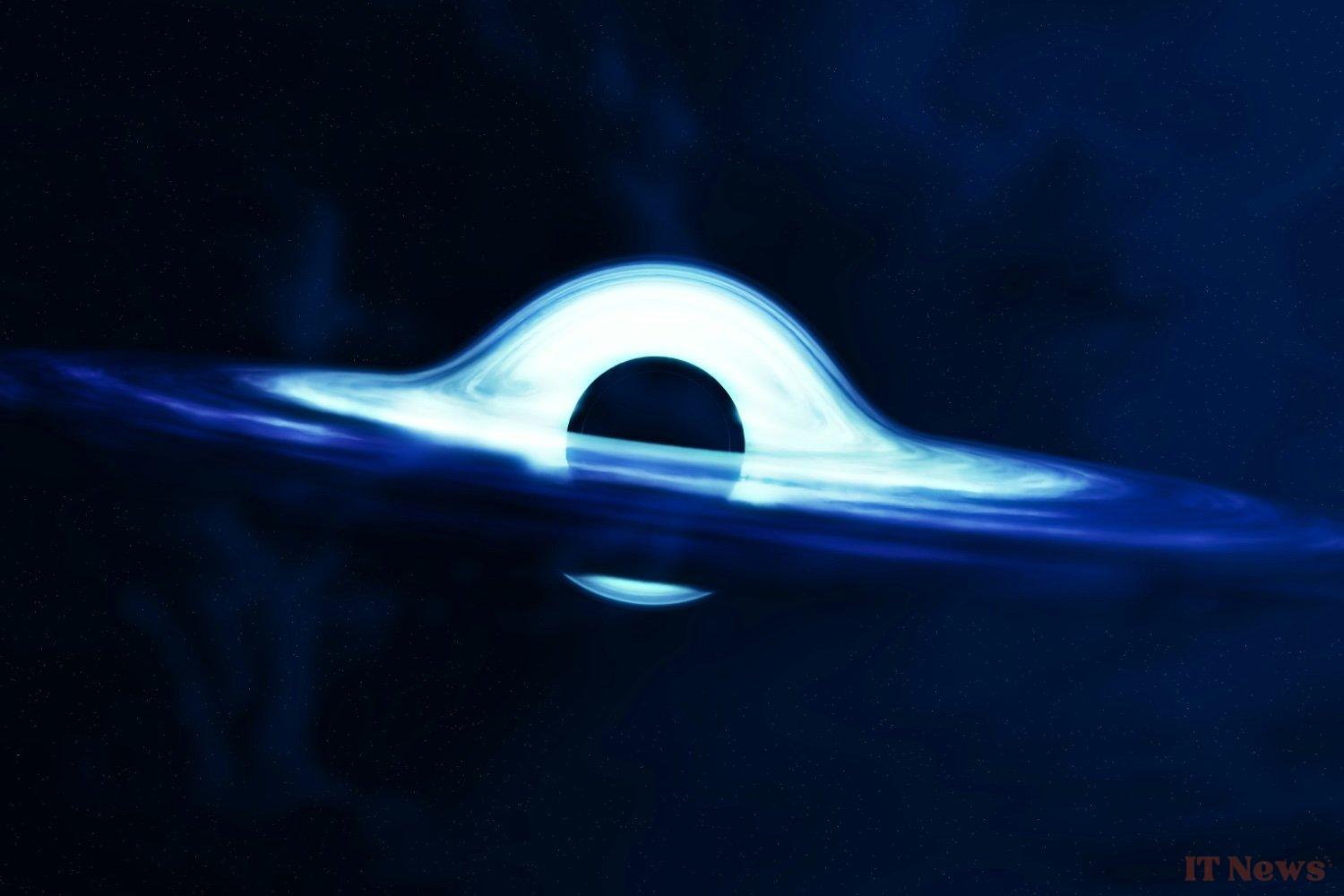This gigantic reservoir of water was spotted around the quasar APM 08279+5255. This quasar, a distant galaxy illuminated by a supermassive black hole at its center, releases energy equivalent to that of a thousand trillion suns. Its central black hole is about 20 billion times more massive than our Sun.
So much water!
The water reserve surrounding it is enormous: it would contain about 140,000 billion times all the water in Earth's oceans combined (!). Contrary to what one might imagine, this water is not in liquid form, but in the form of vapor, floating in a cloud of gas and dust heated by the quasar.
Matt Bradford, a researcher at NASA's Jet Propulsion Laboratory and a member of the team that carried out This observation underlines the importance of this discovery: "The environment around this quasar is unique, as it produces this immense quantity of water. This is a new demonstration of the ubiquitous presence of water in the universe, including in its earliest moments."
The presence of water in this quasar testifies to an extremely dynamic environment. The surrounding gas is much hotter and denser than that of typical galaxies, with a temperature around -53°C, and a density thousands of times higher than that of the gas observed in our own Milky Way.
In addition to water, the researchers also detected traces of carbon monoxide, suggesting the presence of vast quantities of material capable of feeding the central black hole. Scientists estimate that this reserve could allow the black hole to grow up to six times its current size.
Studying this distant quasar allows astronomers to better understand how galaxies and black holes formed and evolved over time. Water plays a crucial role in the formation of stars and galaxies by facilitating the collapse of gas clouds, giving rise to new stars.
The observations were made using several cutting-edge instruments, including the Caltech Submillimeter Observatory (CSO) telescope in Hawaii and the CARMA antenna array in California. A European team confirmed these data in 2010 using the Plateau de Bure radio telescope, located in the French Alps.
While water is an essential element in life as we know it, its detection in this distant environment shows that the fundamental building blocks of life have been present for a very long time. This discovery reinforces the idea that water played a role in the evolution of galaxies and could even have contributed to the appearance of life elsewhere in the universe.
For astronomers, this type of study is a window onto cosmic history. Quasars, by emitting light that has traveled for more than 12 billion years, act as beacons that tell us about the formation of galaxies and the distribution of matter in the early universe.



0 Comments